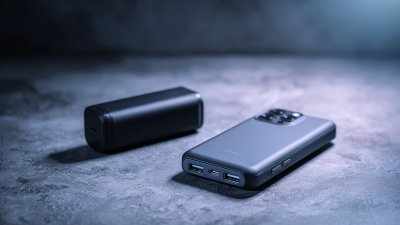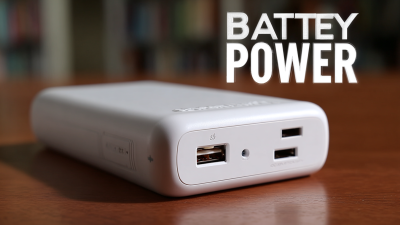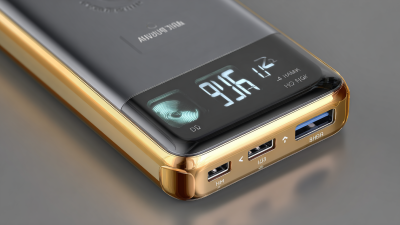Leave Your Message
In an increasingly mobile world, the demand for reliable charging solutions has surged, leading to the rise of Smart Power Banks as essential accessories for both personal and professional devices. According to a recent report by Market Research Future, the global power bank market is projected to reach approximately $10.5 billion by 2025, driven by the growing reliance on smartphones and portable gadgets. These Smart Power Banks not only offer varying capacities and charging speeds but are also equipped with advanced features such as quick charge technology and multiple device compatibility, making them crucial for efficient power management. As consumers navigate a plethora of options, understanding the industry standards and usage data becomes imperative in selecting the right Smart Power Bank that aligns with their specific needs and ensures optimal performance.
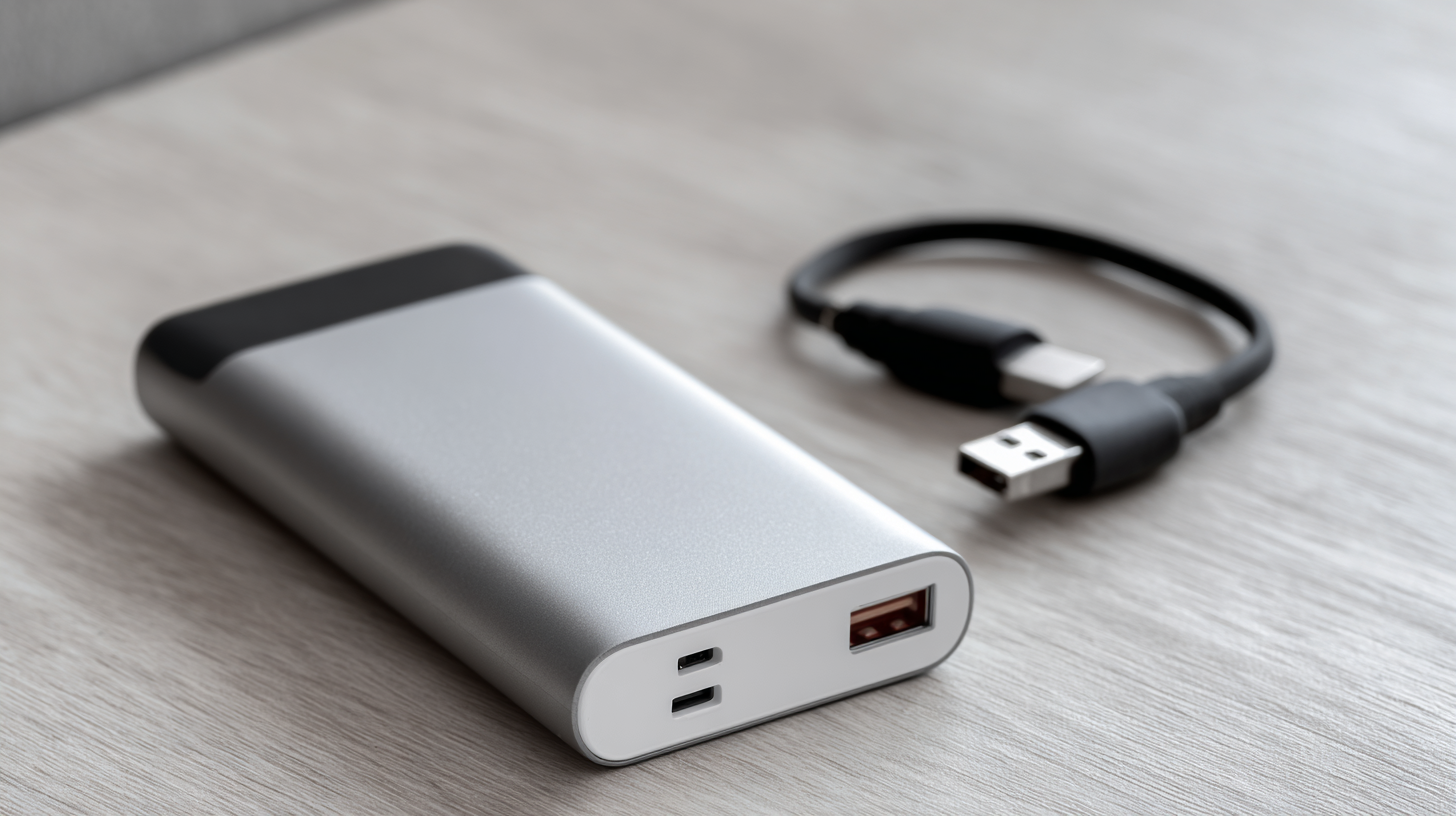
When selecting a smart power bank for your devices, there are several key features to consider that can significantly enhance your user experience. First and foremost, look for battery capacity measured in milliampere-hours (mAh). A higher capacity ensures that your power bank can charge your devices multiple times before needing a recharge itself. For example, if you frequently carry devices with large batteries, such as tablets or smartphones, a power bank with at least 10,000mAh capacity is advisable.
Another critical feature is the output power, typically indicated in watts (W). Fast-charging options have become increasingly popular, allowing devices to charge more quickly through technologies like Quick Charge or Power Delivery. Understanding the charging standards of your devices will help ensure compatibility and optimal charging times. Additionally, consider the number of output ports available; a power bank with multiple ports enables simultaneous charging of multiple devices, which is particularly useful for users with various gadgets. Ultimately, selecting a smart power bank that aligns with your devices' specifications and your charging habits can greatly enhance your mobile experience.
When selecting a smart power bank, understanding industry standards such as capacity, output, and efficiency is crucial. Capacity, measured in milliampere-hours (mAh), indicates how much charge a power bank can store. A higher capacity means more charging potential for your devices. For instance, a power bank with 10,000 mAh can charge most smartphones two to three times, making it ideal for travel or outdoor activities.
Output refers to the power bank's ability to deliver energy to your devices, typically measured in watts (W). It's essential to choose a power bank with output compatible with your devices' requirements. Most smartphones require about 5V/2A to charge efficiently, while tablets might need a higher output. When shopping, check the specifications to ensure that the power bank can charge your devices quickly and safely.
**Tips:** Always prioritize efficiency ratings when choosing a power bank. Look for models that are at least 80% efficient, which means that most of the stored energy is usable. Additionally, consider investing in a smart power bank with multiple output ports. This feature allows you to charge multiple devices simultaneously, enhancing versatility during your outings.
When selecting a smart power bank, it's crucial to assess your usage data to ensure the specifications align with your device needs. Start by determining the power requirements of your devices, such as smartphones, tablets, or laptops. Each device typically has a unique battery capacity measured in milliampere-hours (mAh). By understanding how frequently you charge these devices and their average battery health, you can estimate the ideal capacity for your power bank. For instance, a smartphone with a 3000 mAh battery may need a power bank of at least 6000 to 10000 mAh to provide multiple charges, especially when considering efficiency losses.
Next, consider the charging speed and output specifications. Different power banks come with varying output power ratings, often measured in watts (W). Devices that support fast charging require power banks that can deliver the necessary wattage to maximize charging efficiency. It is important to choose a power bank that not only matches the voltage and amperage specifications of your devices but also offers quick charging technology. By carefully analyzing these aspects—device battery capacity, usage frequency, and charging speed requirements—you can confidently select a smart power bank that enhances your on-the-go experience without running out of battery.
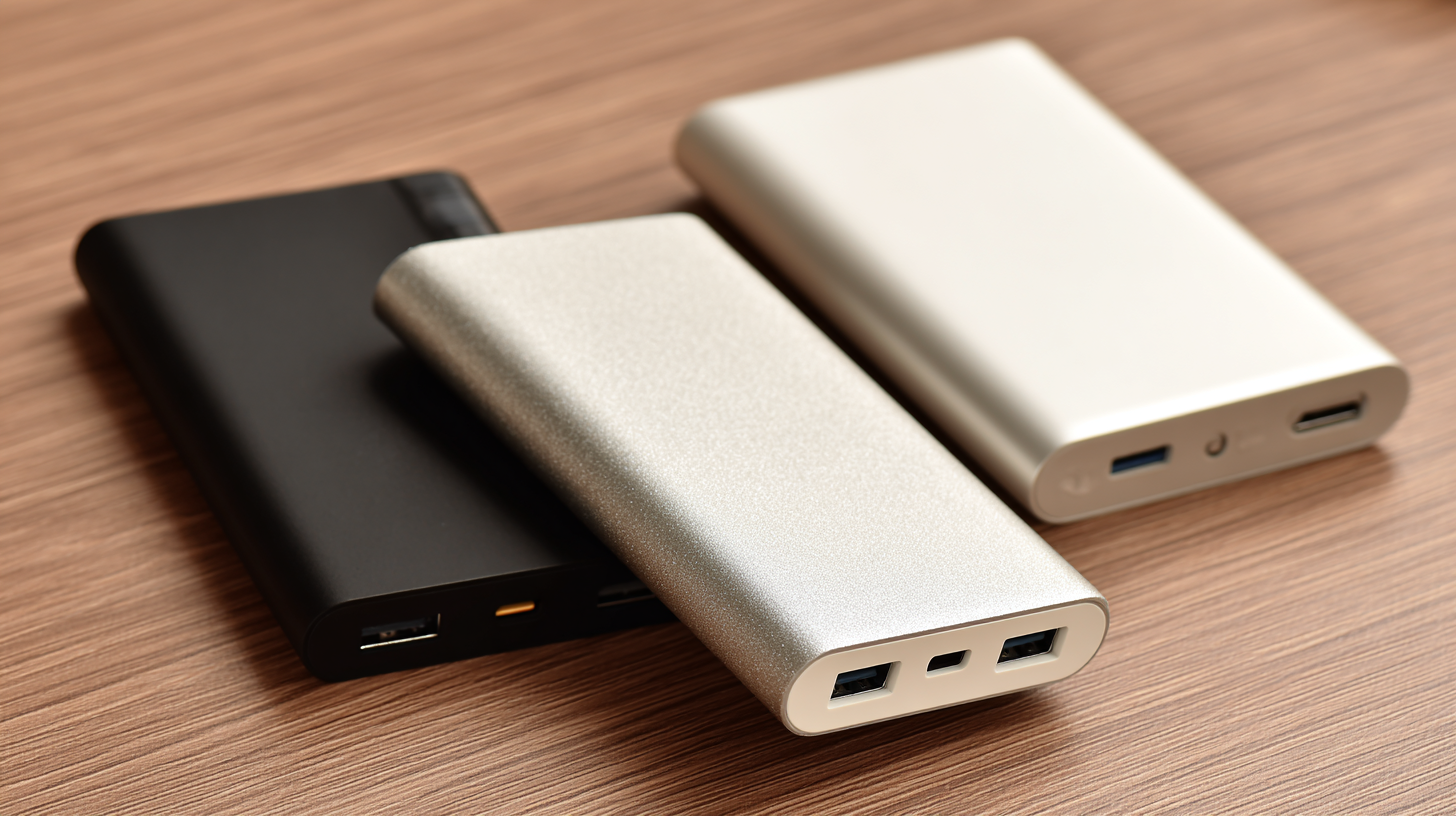
When it comes to choosing the right smart power bank, brand reliability and user reviews play a pivotal role in assessing performance and satisfaction levels. According to a recent industry report by Statista, the power bank market is projected to reach $23 billion by 2027, indicating a significant demand for reliable devices. User reviews often highlight factors such as battery capacity, charging speed, and durability. Brands like Anker and RAVPower consistently receive high ratings, with Anker boasting over 500,000 reviews and a 4.7-star average rating, showcasing their commitment to quality.
Additionally, a survey conducted by Consumer Reports illustrated that 68% of users prioritize brand reputation when purchasing power banks. This statistic underscores the importance of established brands that offer warranties and customer service, which can greatly influence user satisfaction and trust. Newer entrants in the power bank market should focus on transparency and build a solid rapport with consumers through detailed user reviews. Thus, evaluating user feedback, alongside considering industry standards such as battery safety certifications, can lead to a more informed choice when selecting a smart power bank.
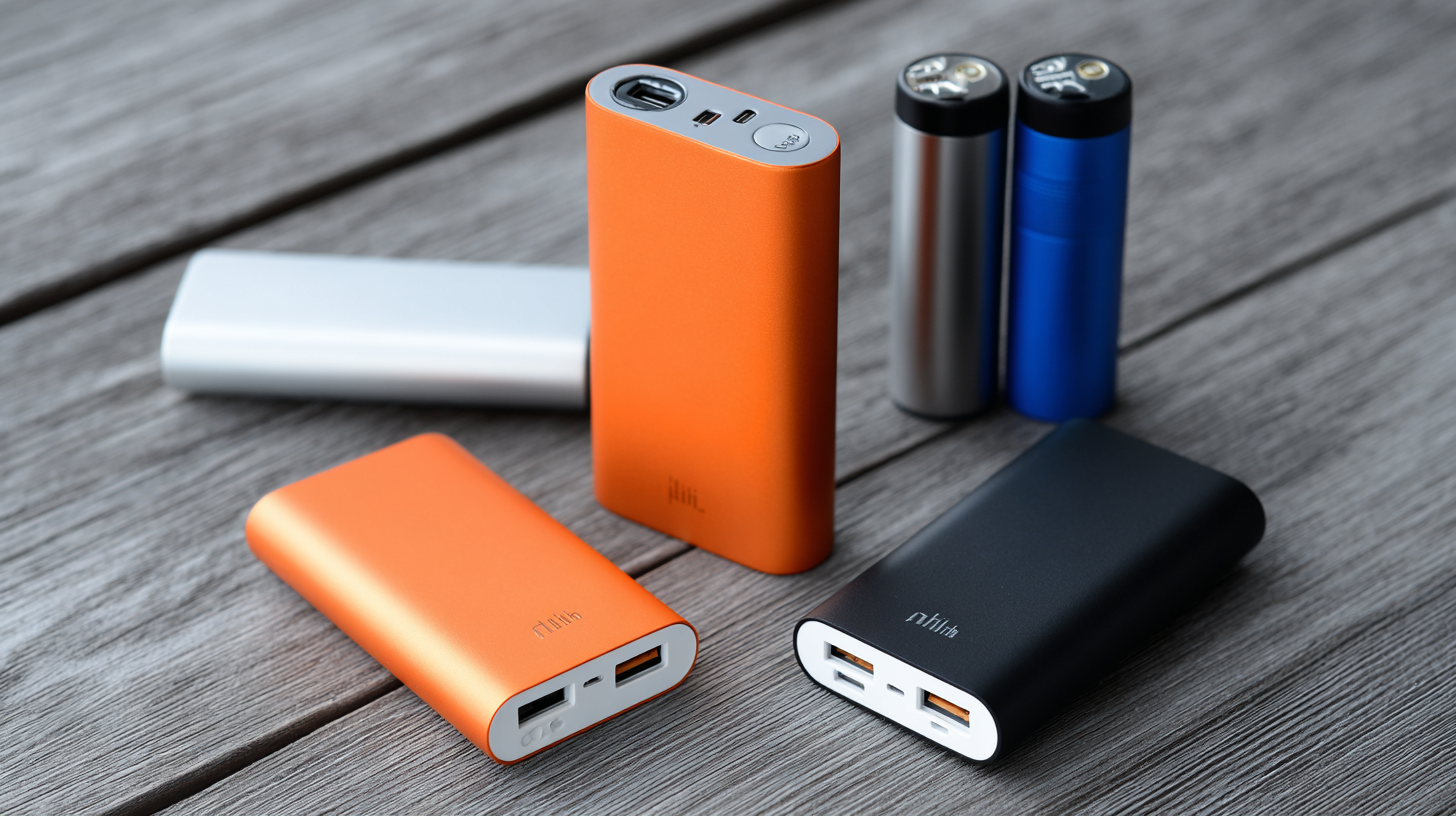
When selecting a smart power bank, compatibility with your devices is crucial. It's important to understand the various charging standards and protocols that different devices utilize. Most modern smartphones, tablets, and laptops support USB Power Delivery (PD) and Qualcomm Quick Charge, yet the specifics can vary greatly from one brand to another. Therefore, checking the manufacturer's specifications for your devices will help ensure that you choose a power bank capable of delivering the required wattage and voltage.
Moreover, a good smart power bank should offer multiple output options to cater to various devices. Look for those that feature multiple ports, including USB-C, USB-A, and even AC outlets. This versatility allows you to charge everything from your smartwatch to larger devices like laptops without needing multiple power banks. Additionally, some power banks now come equipped with smart technology, which can intelligently adjust the power output based on the device’s needs, further ensuring effective and safe charging.
| Device Type | Power Bank Capacity (mAh) | Output Ports | Charging Speed (W) | Weight (grams) | Compatibility |
|---|---|---|---|---|---|
| Smartphone | 10000 | 2 | 18 | 220 | iOS, Android |
| Tablet | 20000 | 3 | 30 | 450 | iOS, Android, Windows |
| Laptop | 30000 | 2 | 60 | 800 | USB-C, Thunderbolt |
| Smartwatch | 5000 | 1 | 5 | 75 | iOS, Android |
